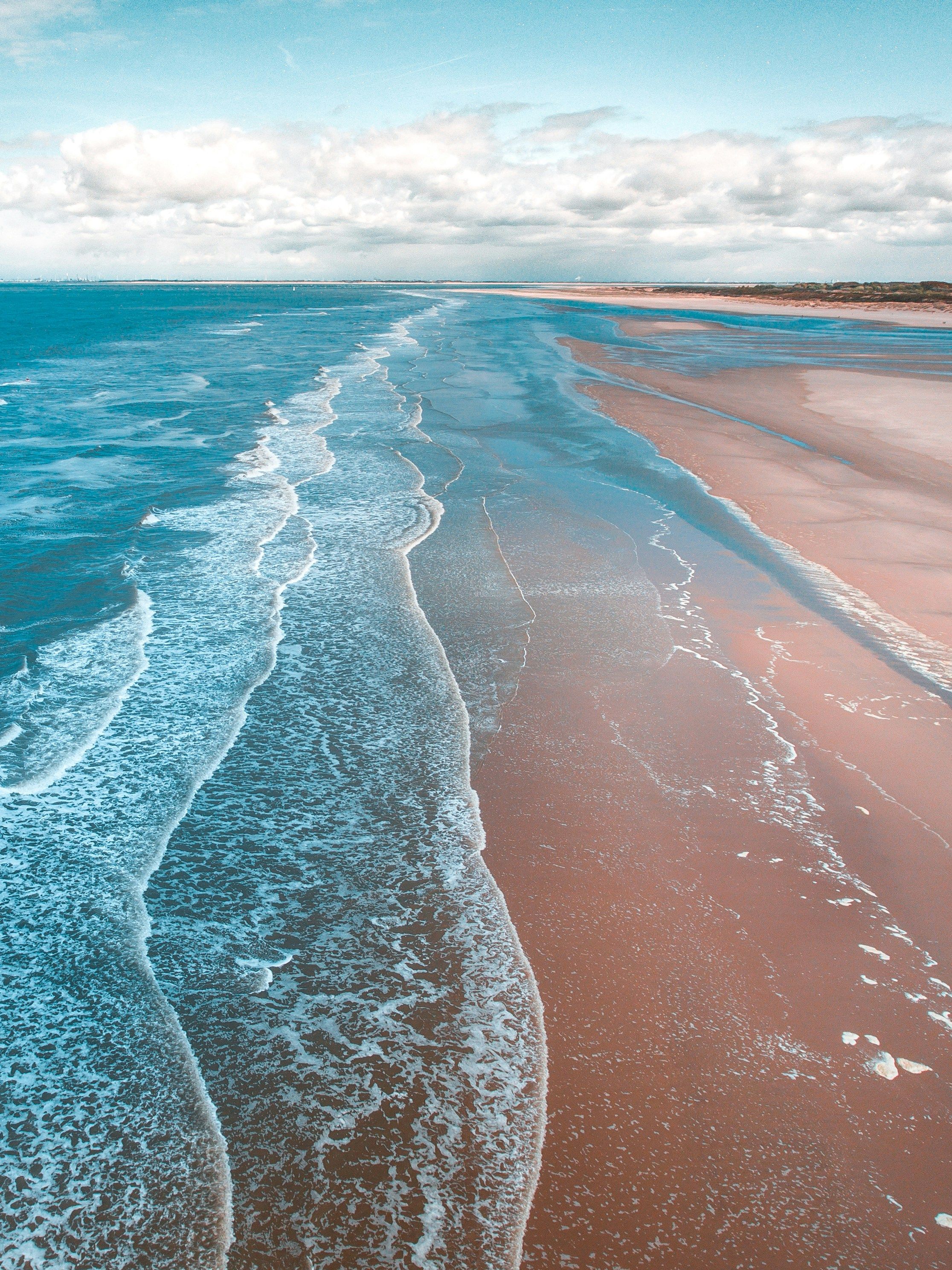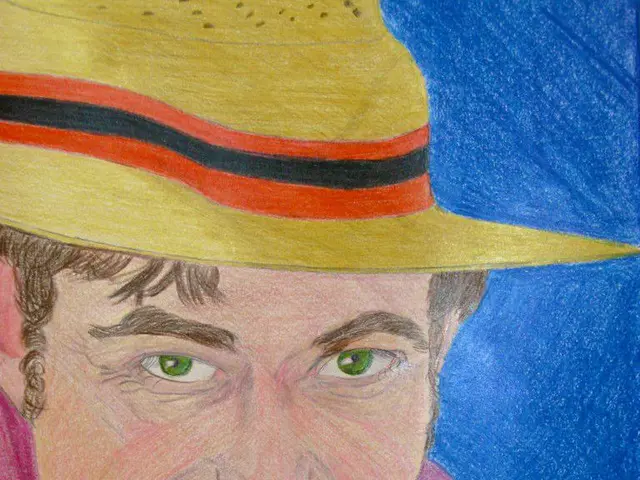Delving into the Enchanting Realms of Fantasy Artwork Illustration
A Brief History of Fantasy Illustration: From Mythology to Modern Art
The world of fantasy illustration has a rich and diverse history, dating back to ancient mythology and folklore. Over the centuries, artists have depicted fantastical creatures, enchanting landscapes, and otherworldly scenes, creating a visual language that continues to captivate audiences today.
The Victorian era marked a surge in interest in fantasy and the supernatural, as reflected in the art of the time. Illustrators such as Arthur Rackham and Edmund Dulac rose to fame for their captivating portrayals of fairy tales, folklore, and fantasy stories. Their intricate line work and use of watercolor helped establish the aesthetic of fantasy illustration, with a dreamlike quality that continues to influence the genre.
In the 20th century, the field of fantasy illustration continued to evolve, as artists such as Frank Frazetta and Boris Vallejo pushed the boundaries of traditional techniques. Their bold, dynamic style brought new intensity to fantasy art, with powerful heroes and fierce creatures dominating their work. The rise of science fiction and fantasy literature in the mid-20th century fueled the demand for fantasy illustration, leading to the creation of iconic book covers and illustrations that have since become synonymous with the genre.
Today, fantasy illustration remains a vibrant and evolving art form, drawing inspiration from a wide range of sources, including classic mythology, contemporary popular culture, and emerging digital technology. The history of fantasy illustration is a testament to the enduring power of imagination and creativity and its ability to transport audiences to other worlds.
Techniques and Styles in Fantasy Illustration
Over the years, techniques and styles in fantasy illustration have varied widely, from traditional mediums like watercolor and ink to digital art and 3D rendering. Artists such as Alan Lee and John Howe have made significant contributions to the genre with their iconic and influential work. While the techniques and styles employed in fantasy illustration are as varied as the genre itself, they all share a commitment to transporting the audience to another world through their evocative imagery.
The Role of Fantasy Illustration in Literature and Media
Fantasy illustration plays a crucial role in bringing the imaginative worlds of literature and media to life, enhancing storytelling and captivating audiences. In literature, illustrations can evoke a sense of wonder and enchantment, helping readers visualize the storyworld and suspending disbelief. In film, television, and video games, fantasy illustration is used to create concept designs, promotional artwork, and in-game visuals that establish the visual identity of immersive worlds.
The Influence of Fantasy Illustration on Pop Culture
The influence of fantasy illustration on popular culture is far-reaching, impacting fashion, film, and gaming, among other areas. From iconic book covers to merchandise, fantasy art has become an integral part of various forms of entertainment and consumer products. The evocative imagery created by fantasy illustrators can inspire and influence other creative disciplines, shaping the way stories and characters are told and perceived.
Exploring the Subgenres of Fantasy Illustration
Fantasy illustration encompasses a wide range of subgenres, each with its own distinct themes and visual elements. High fantasy, dark fantasy, and steampunk are just a few examples of the many subgenres within the field, each offering a unique visual language and storytelling potential.
The Future of Fantasy Illustration: Trends and Innovations
As technology continues to advance, innovations in digital art tools, virtual reality, and artificial intelligence are opening up new possibilities for fantasy illustrators. The rise of eco-fantasy, which explores themes of environmentalism and sustainability within fantastical settings, is one trend that reflects the ongoing evolution of the genre. Steampunk, with its fusion of Victorian-era aesthetics with futuristic technology, continues to gain popularity among artists and audiences alike.
- Artists in the fashion-and-beauty industry have taken inspiration from the dreamlike quality and intricate detail of Victorian-era fantasy illustrations, incorporating these elements into their digital paintings, thereby contributing to the ongoing influence of the genre on pop culture.
- The medium of books has been a fertile ground for the showcase of various stunning and iconic works by fantasy illustrators such as Alan Lee and John Howe, with their artworks enhancing the reader's immersion in these narratives and deepening the connection between literature and illustration.
- The realm of entertainment has been significantly expanded due to the captivating and evocative imagery created by fantasy illustrators, leading to inspirations across diverse domains such as fashion, film, gaming, and even the design of books themselves, further solidifying the genre's role as a trendsetter in popular culture.








